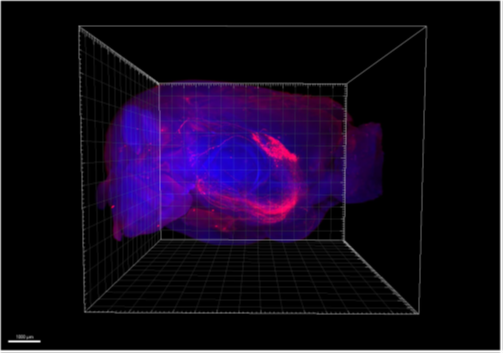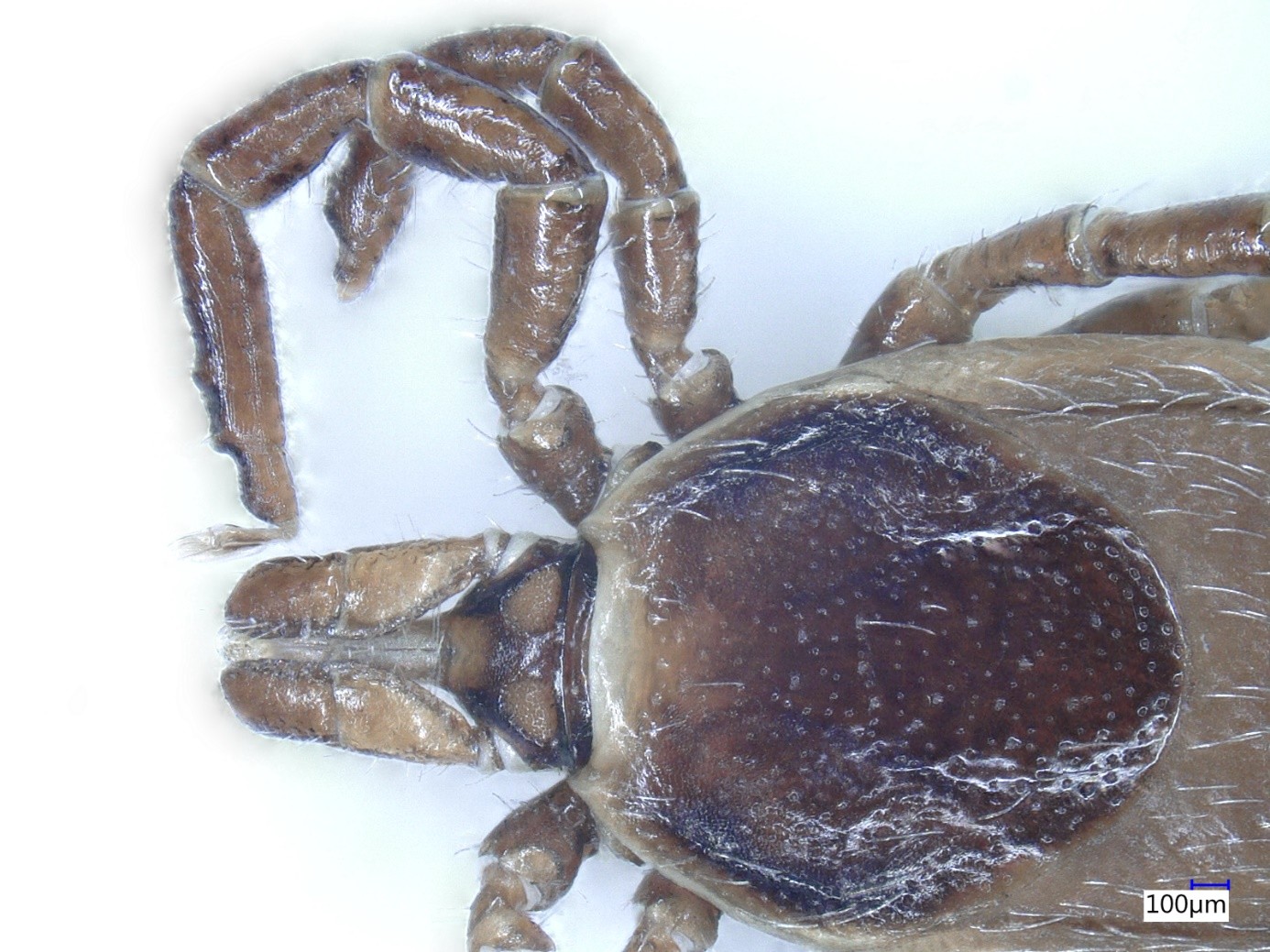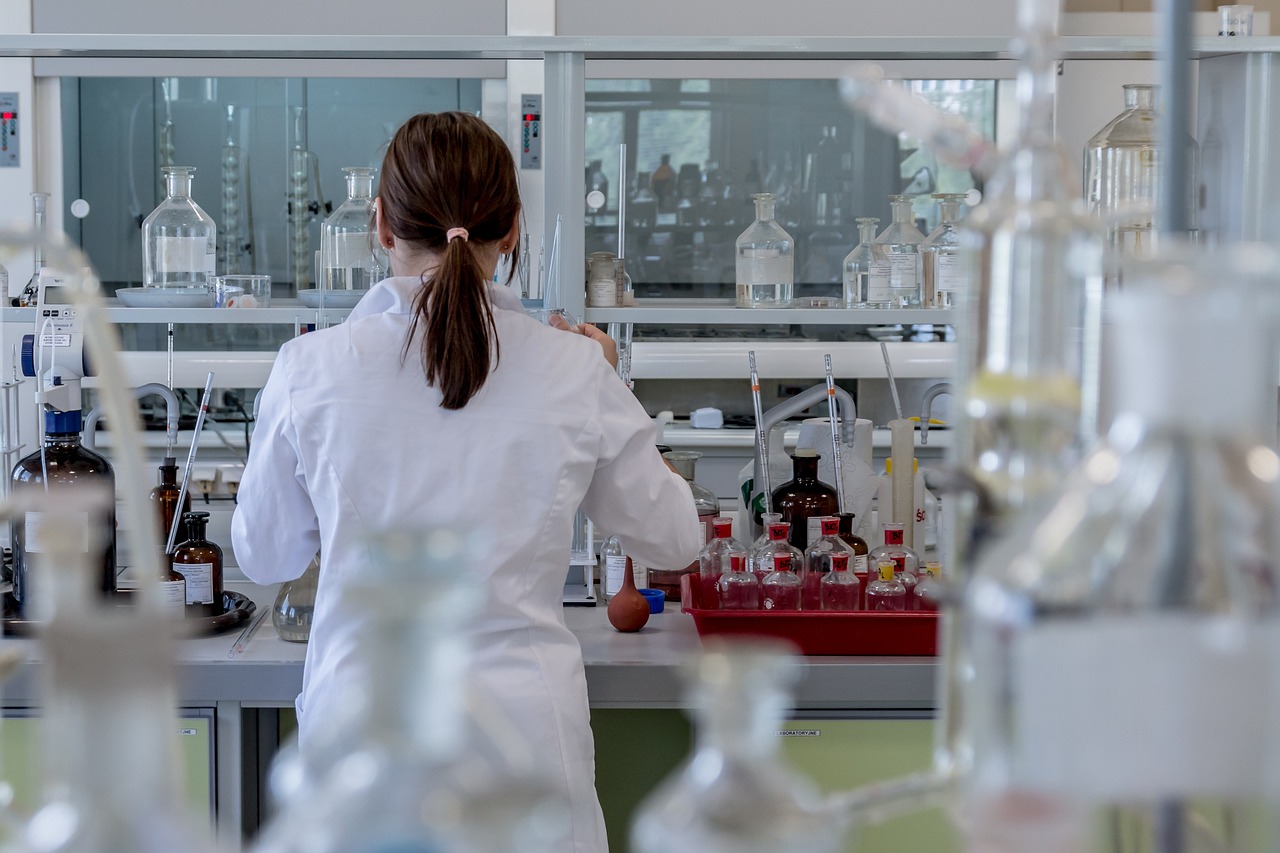Hungarian Researchers Make New Discovery on Neural Regulation of Reproduction
Kisspeptin-producing neurons in the lateral septum have received little attention, despite playing a key role in the brain's regulation of reproduction. A study by researchers at the HUN-REN Institute of Experimental Medicine (HUN-REN IEM), published in the Journal of Neuroscience, provides important new insights into the role of kisspeptin neurons in the neural regulation of reproduction.
The hypothalamus plays an essential role in regulating fundamental physiological processes such as food intake, body temperature control, maintenance of the circadian rhythm and the body's salt and water balance, as well as reproduction. Neurons that produce the neuropeptide kisspeptin play a key role in the regulation of reproduction. Their primary function is to relay the effects of sex steroid hormones produced by the gonads to neurons that secrete gonadotropin-releasing hormone (GnRH).
The research team led by Erik Hrabovszky used anatomical, developmental, transcriptomic, and electrophysiological methods to study kisspeptin neurons in the lateral septum. In their experiments, the neurons were made visible by the green fluorescent protein in the genetically modified mouse model. The development of kisspeptin-producing neurons in the lateral septum requires the presence of oestrogen. These neurons appear earlier in female mice, between postnatal days 33 and 36, and later in males, between days 40 and 45. The number of fluorescent cells increases steadily until adulthood, with females showing two to three times as many as males.
Using viral vector-based neural circuit tracing, the researchers also demonstrated that kisspeptin neurons are directly connected to GnRH-producing neurons. This unexpected anatomical finding suggests that these neurons may also directly influence brain processes that regulate reproduction.

To map genes regulated by oestrogen, the researchers used next-generation sequencing (RNA-Seq) and identified 571 genes in the lateral septum.
Post-mortem analysis of human lateral septum brain samples confirmed the presence of kisspeptin neurons described in rodents. This suggests that the role of this oestrogen-dependent system in the central regulation of reproduction has been conserved throughout evolution.
The study was co-authored by Soma Szentkirályi-Tóth and Balázs Göcz, with the full paper available in the Journal of Neuroscience.

